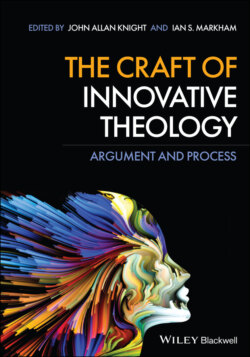Читать книгу The Craft of Innovative Theology - Группа авторов - Страница 55
Conclusion
ОглавлениеWhen writing history, a careful examination of the problem of race, stigmatization, and its complex consequences changes how we understand the intersection of religion, race, and oppression and helps elucidate how major religious institutions, in this case the SBC, can damage their own reputations among oppressed communities. Religious institutions that have harmed whole segments of society are not left undamaged, and that damage might be long term and may require a great deal of rehabilitation. Thus, when writing history, it is important not only to tell narratives as completely as possible, but also to assess the complex consequences of institutional activities as realistically as possible. We should not settle for conventional descriptions of how certain white religious institutions supported their constituents’ identities that were driven by notions of “purity,” “whiteness,” or “theological racism” without also showing the complex consequences. It is not only important to understand the support of racism and white supremacy by major religious institutions, it is equally important to understand how racist stigmas attach to religious institutions like the SBC and how they create mistrust and skepticism among African Americans, even as whites apologize, atone for their policies, and ask for forgiveness and reconciliation.
One religious historian, for example, asserts that during the civil rights era it became difficult for southern Christians to defend racial segregation. He adds, “Their beliefs played a significant role in making white southern Christians obsessed with conceptions of purity. Their beliefs had been set in a mythological context that gave them properly religious sanction.”58 I would add: “or so they believed.” This same historian also states that white southern Christian ideas of social and racial hierarchy did not have to sound hypocritical because particular biblical passages clearly explained why spiritual equality does not imply temporal equality but agrees with “godly order.”59 The problem, however, is that there was a litany of ungodly practices against enslaved people.
Religious institutions have choices in terms of how they create, sustain, and destroy vestiges of racism. I have described the journey of the SBC, its support of white supremacy and racism, the Christian disunity it fostered with African Americans because it would not regard them as equals, how the SBC stigmatized itself as being a racist organization, and then how it recently has worked to remove this stigma in order to build relationships with African Americans and other ethnic groups.
